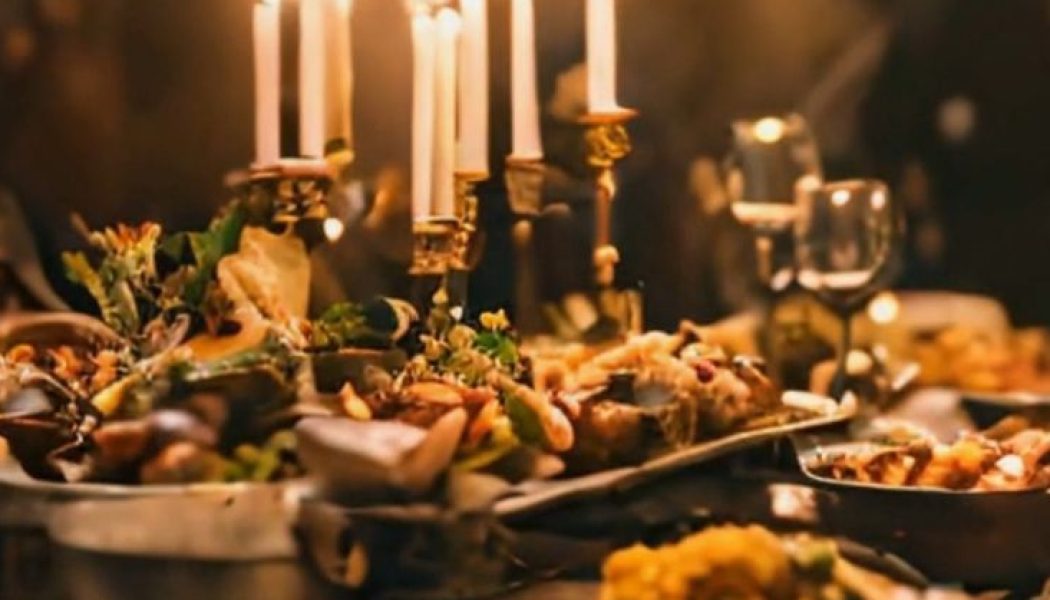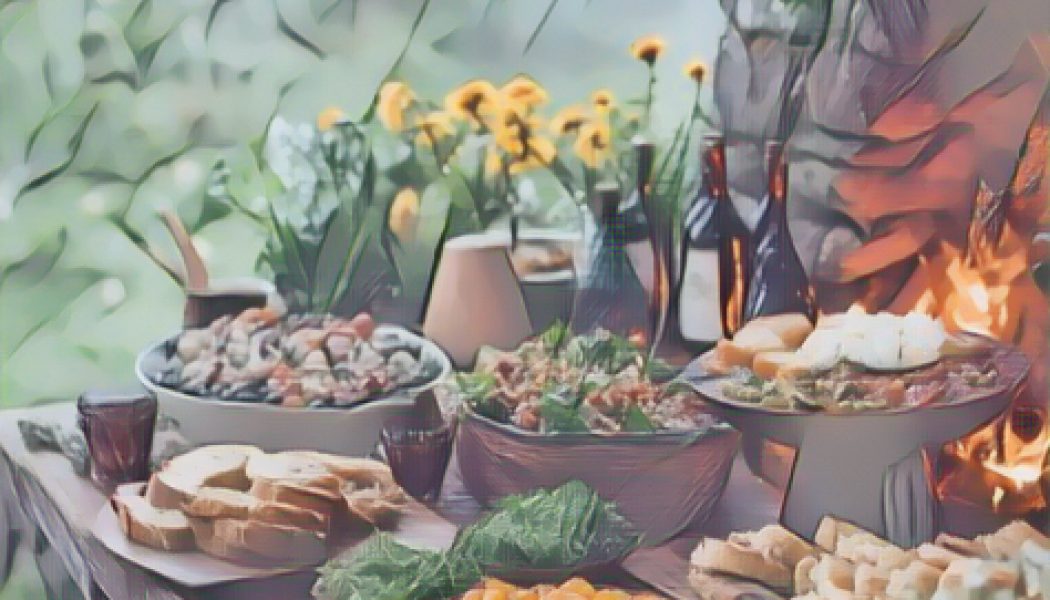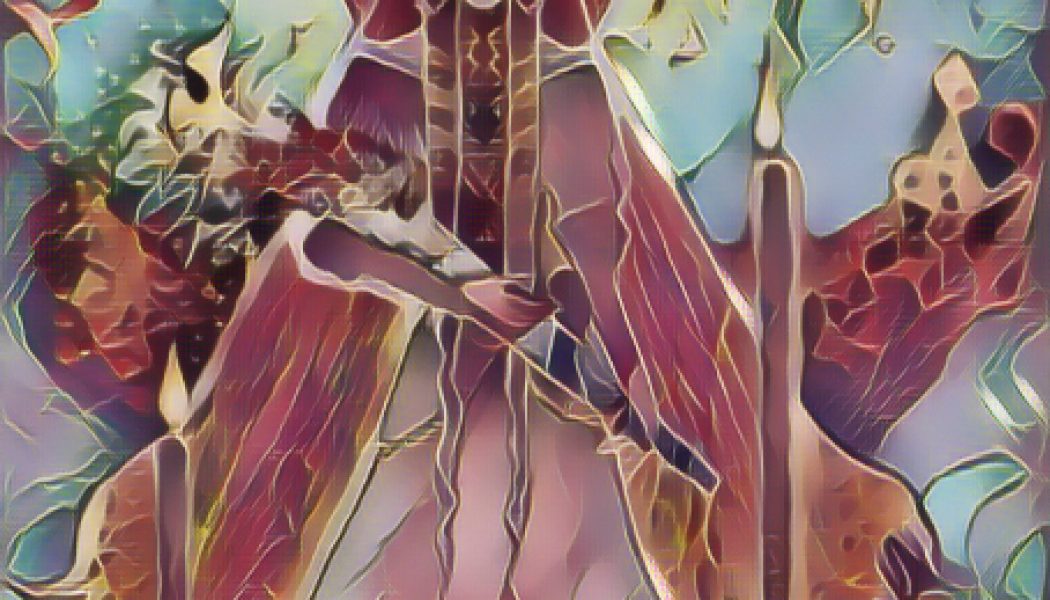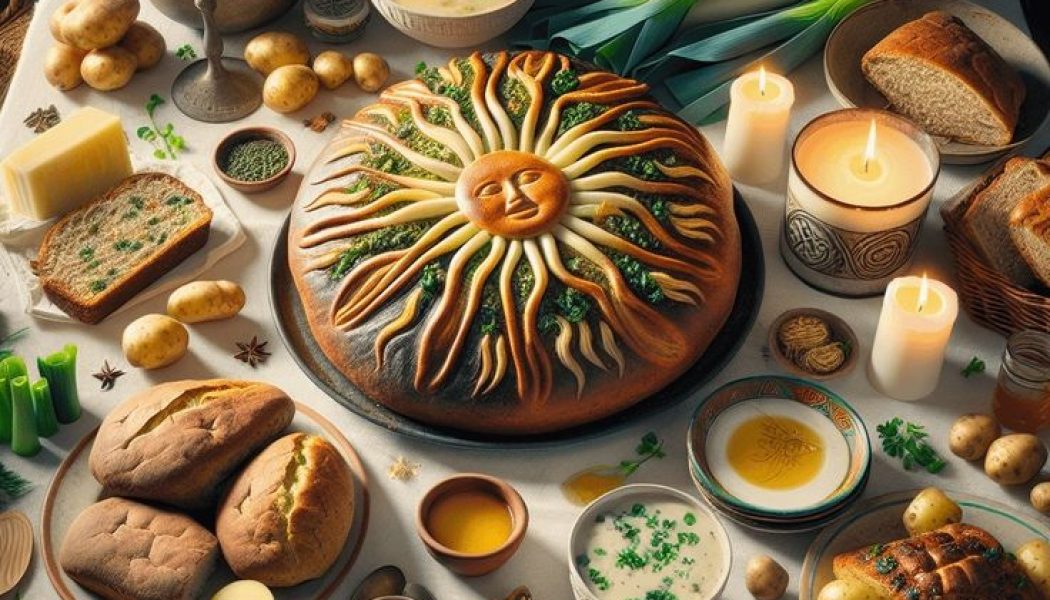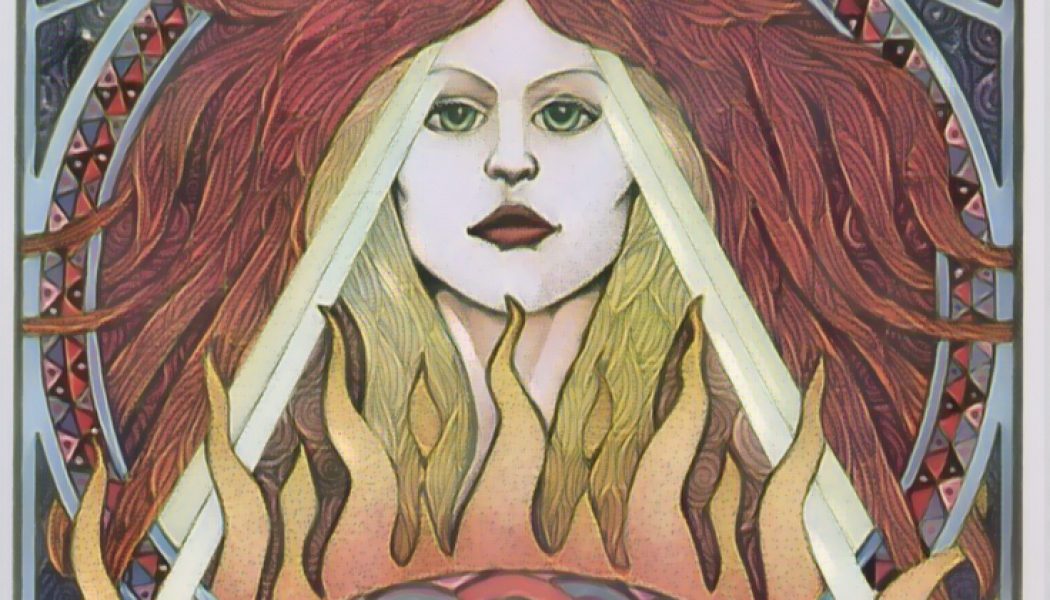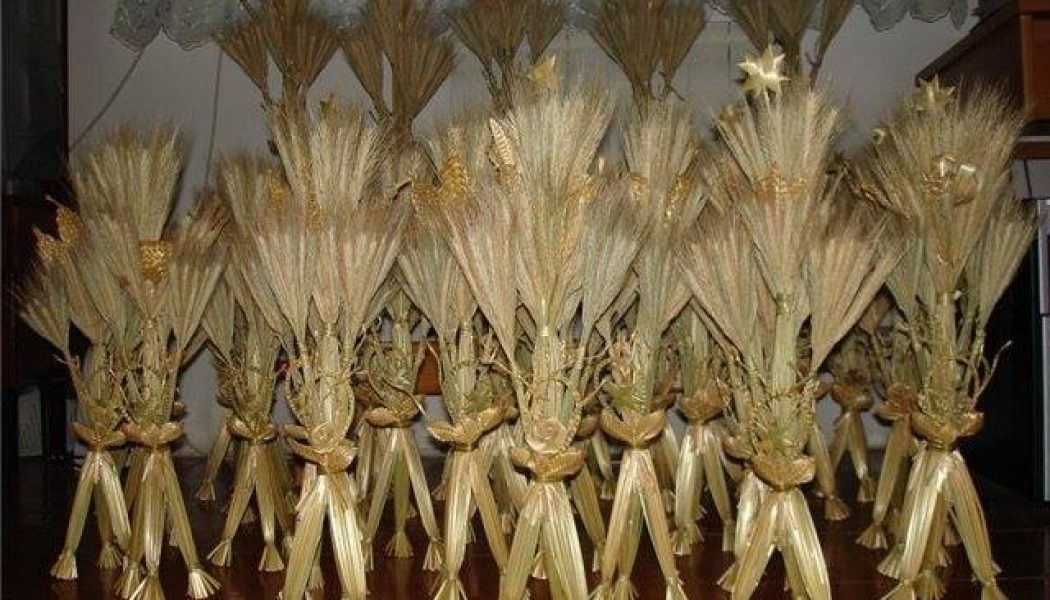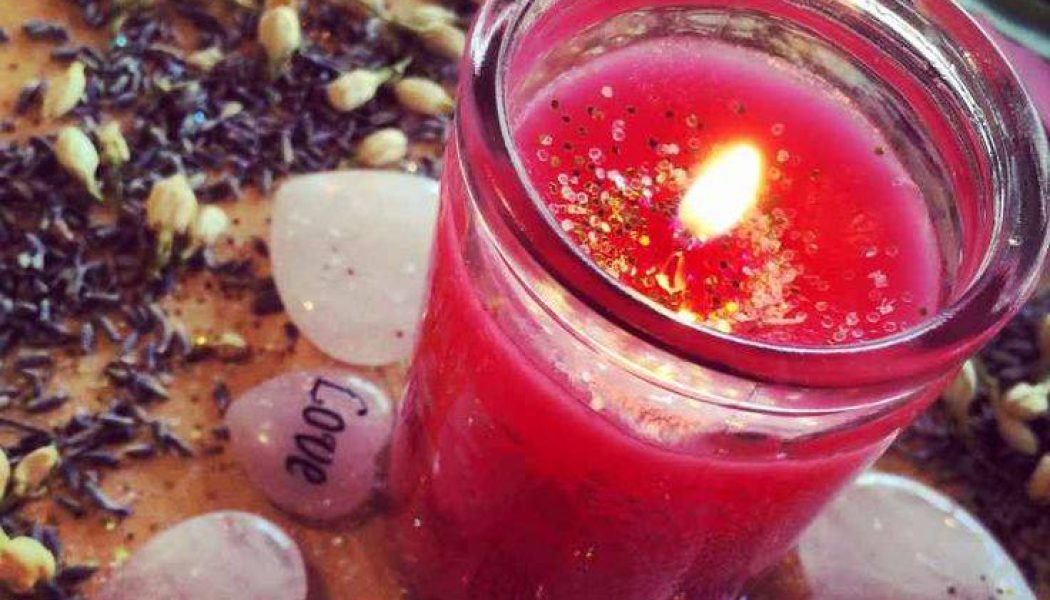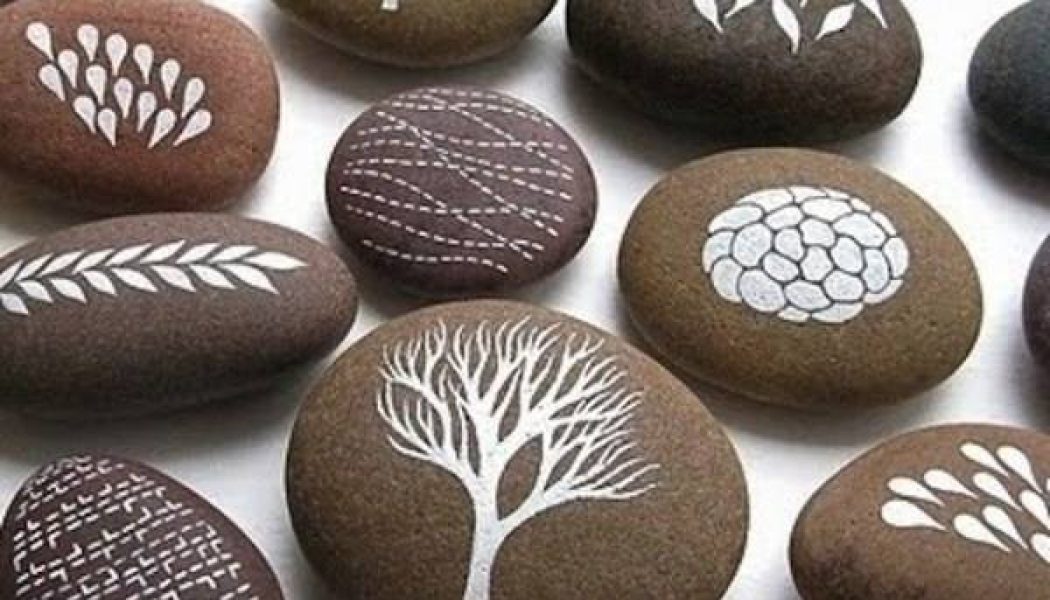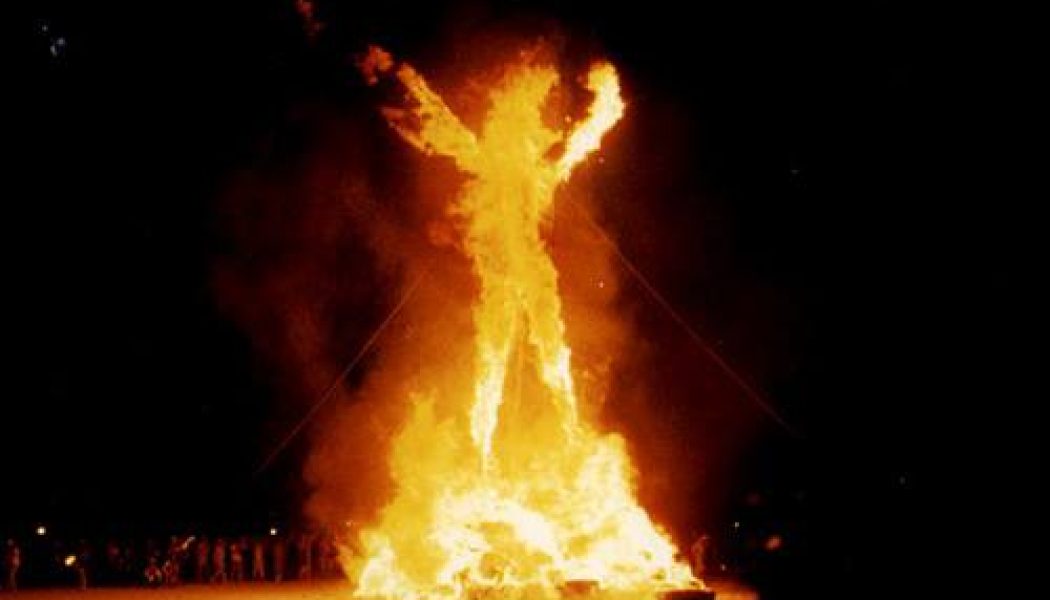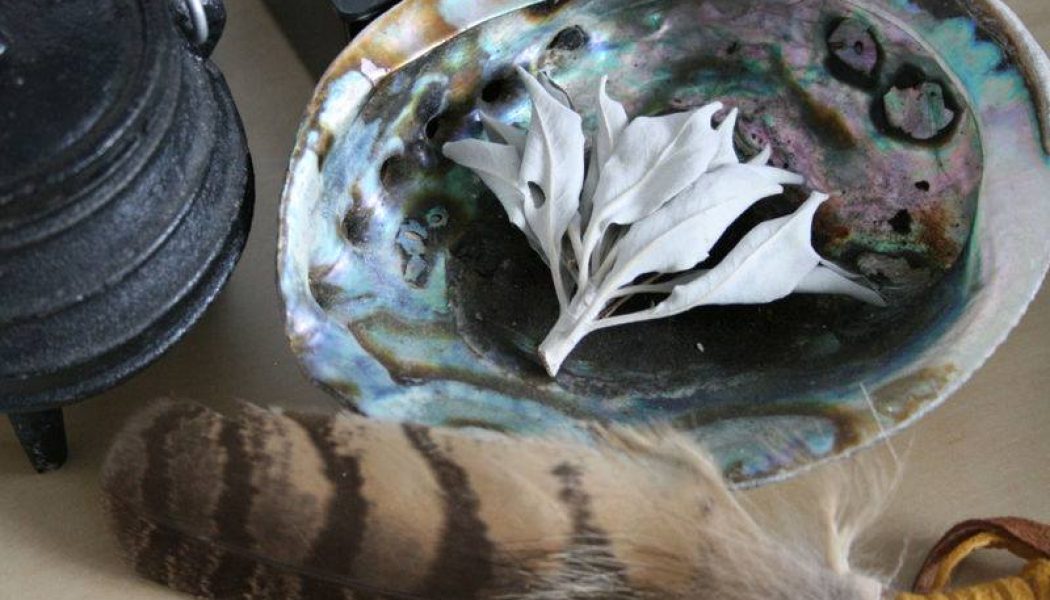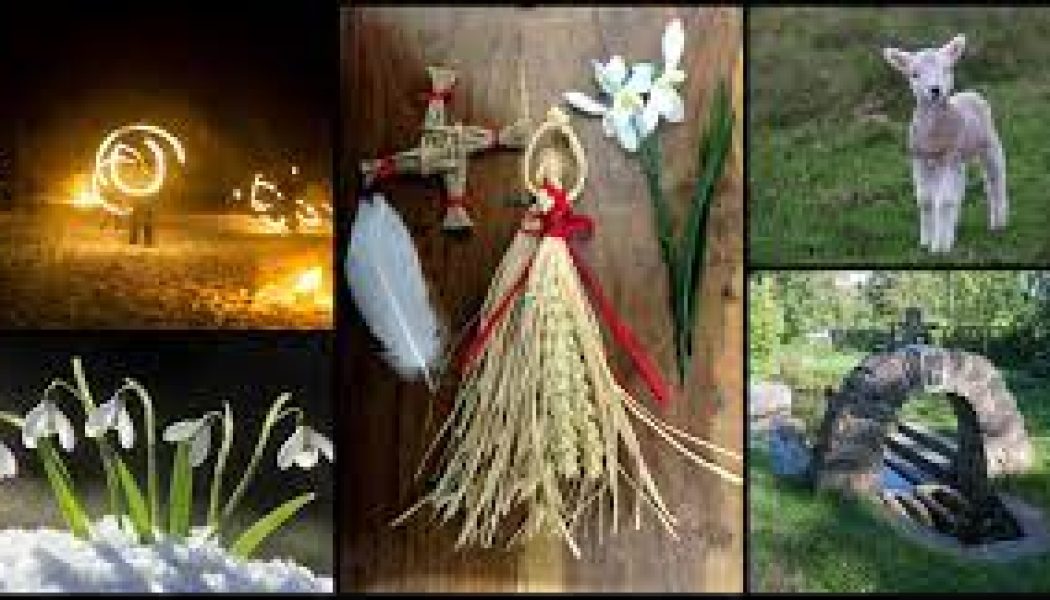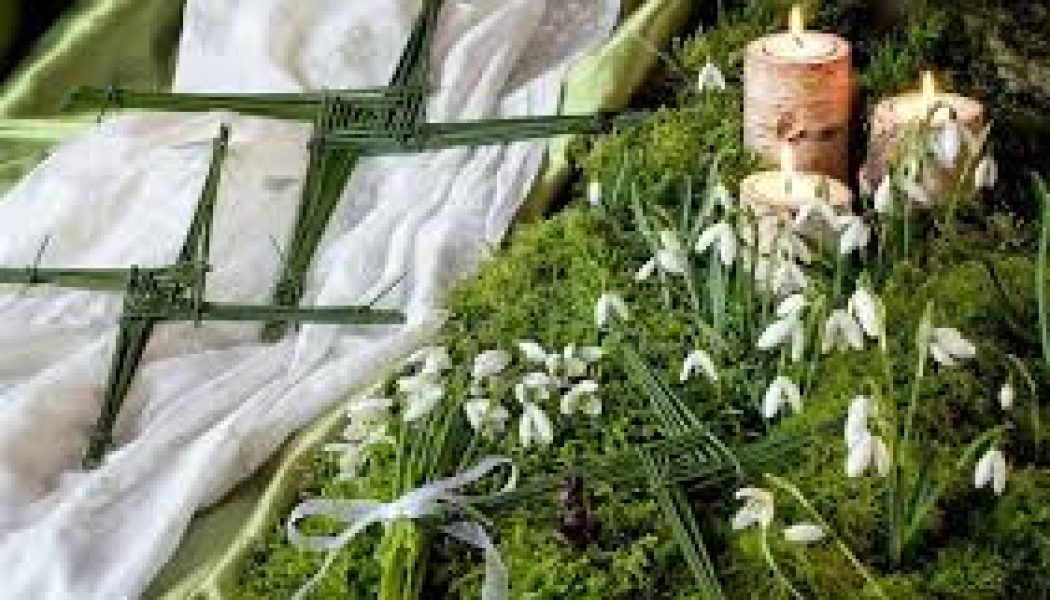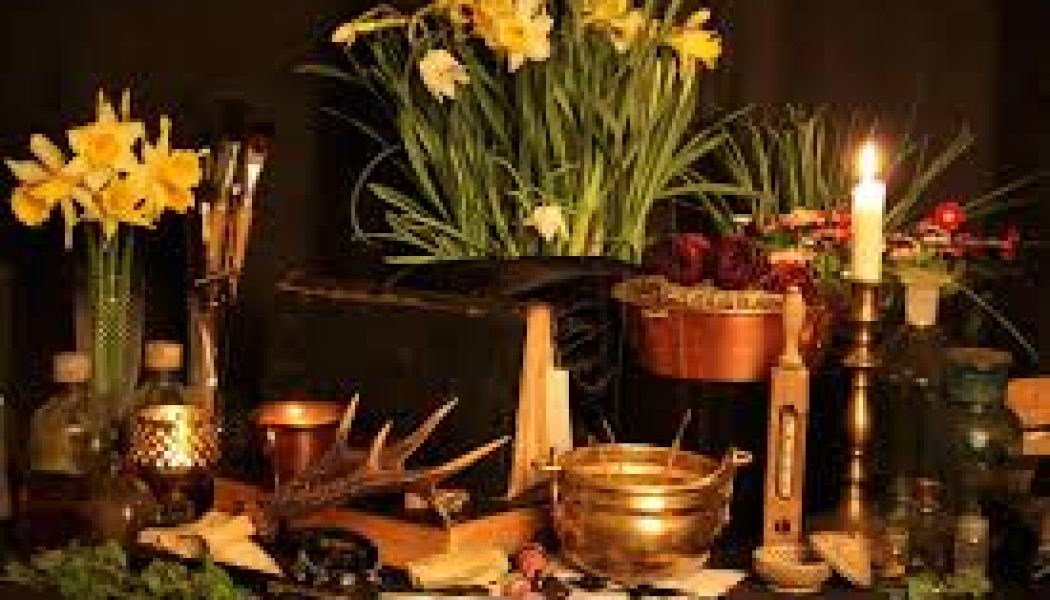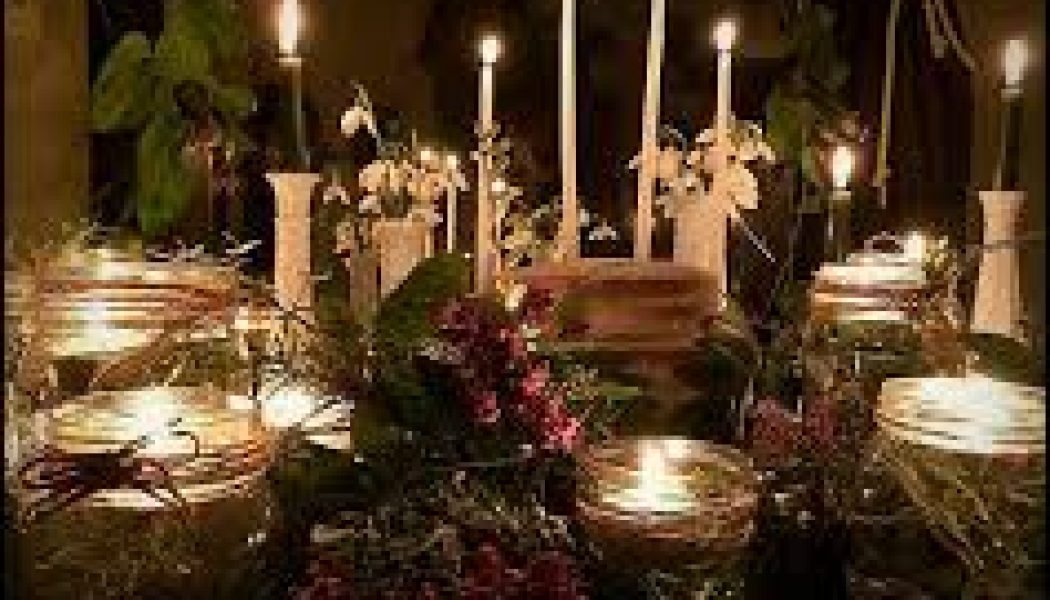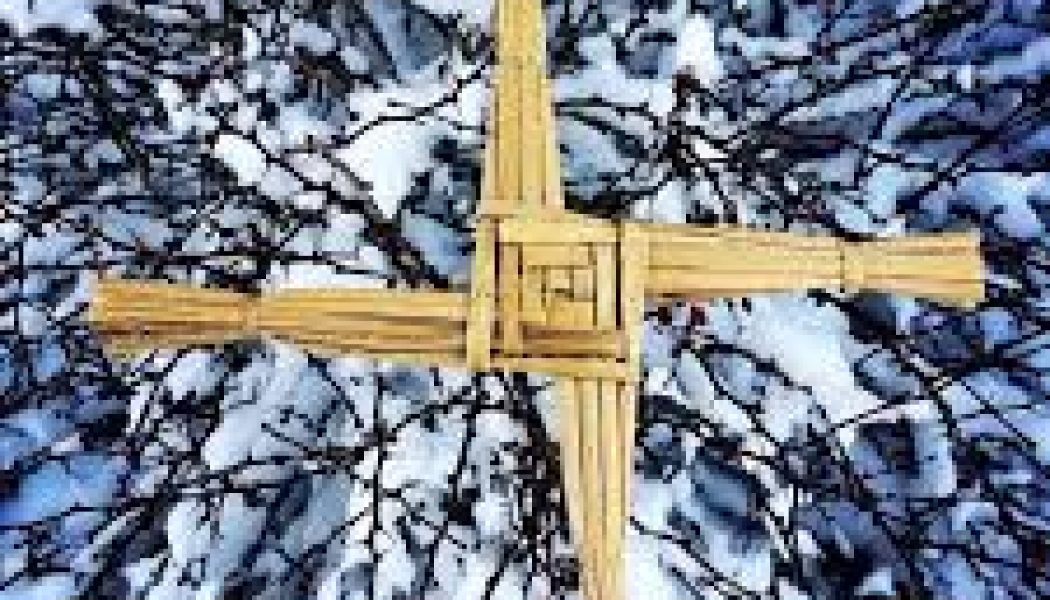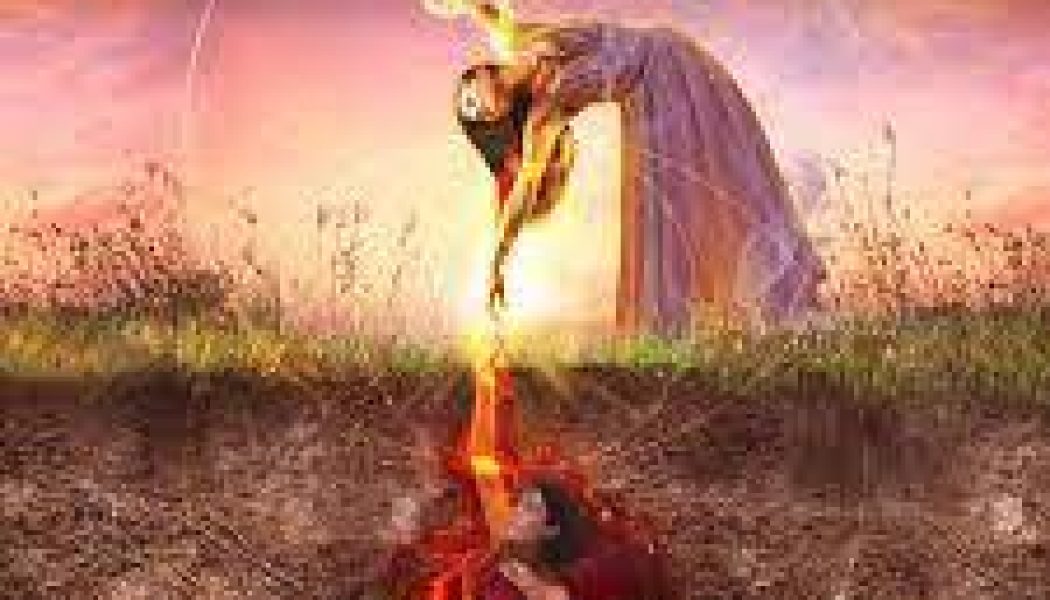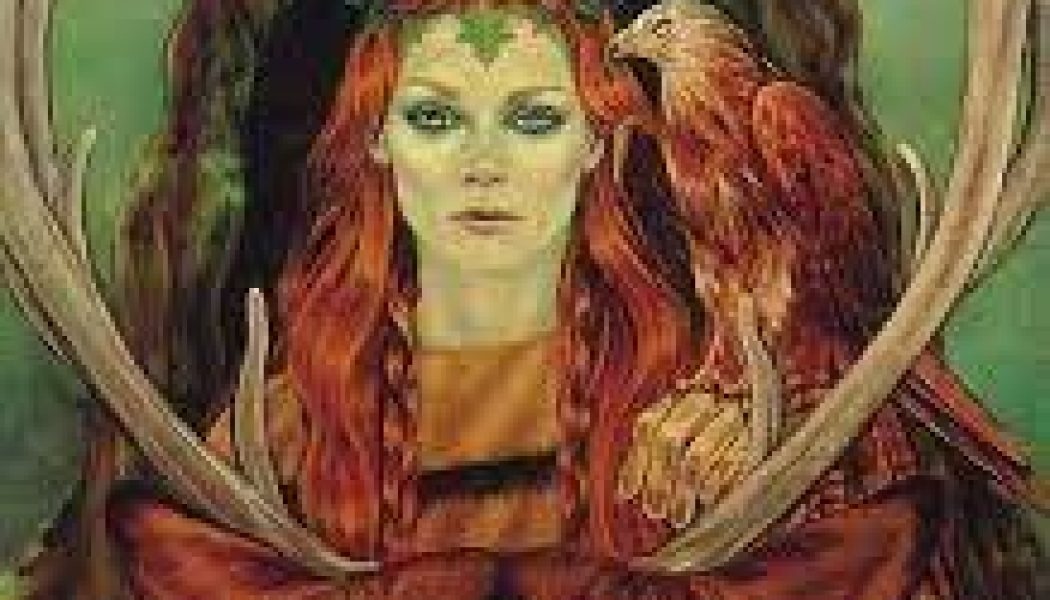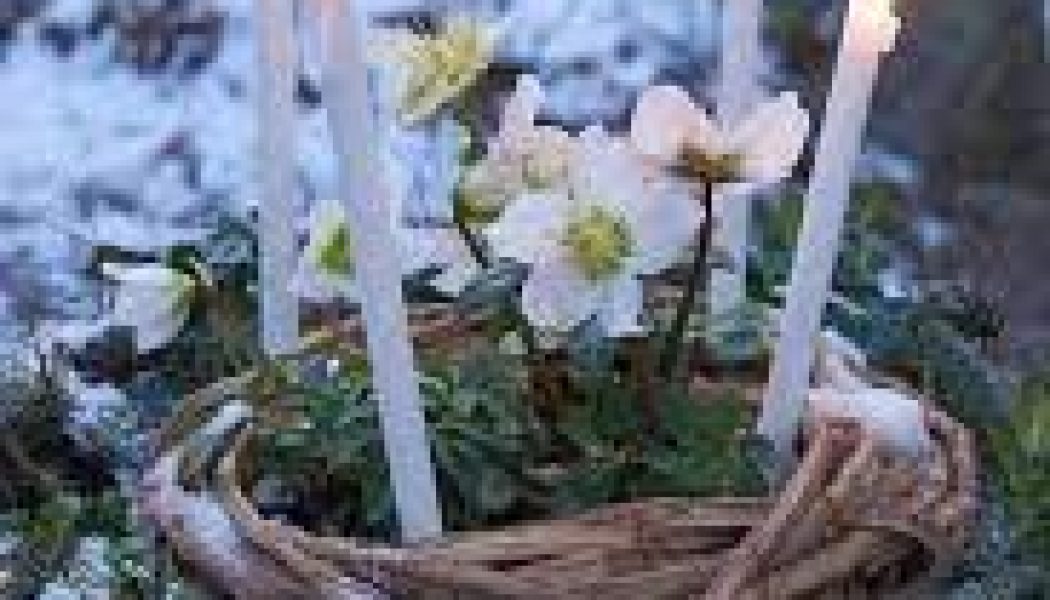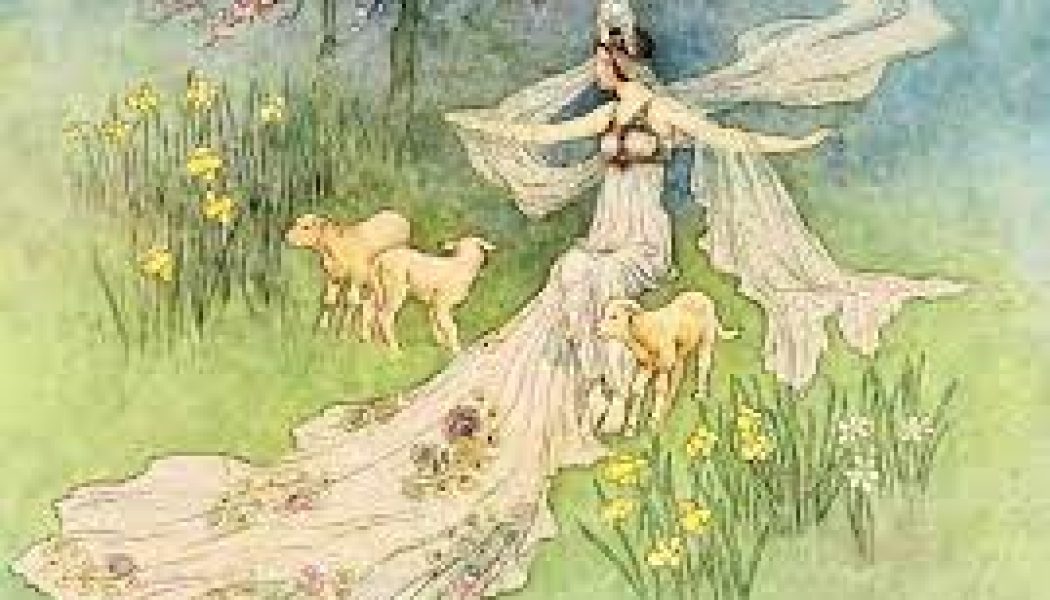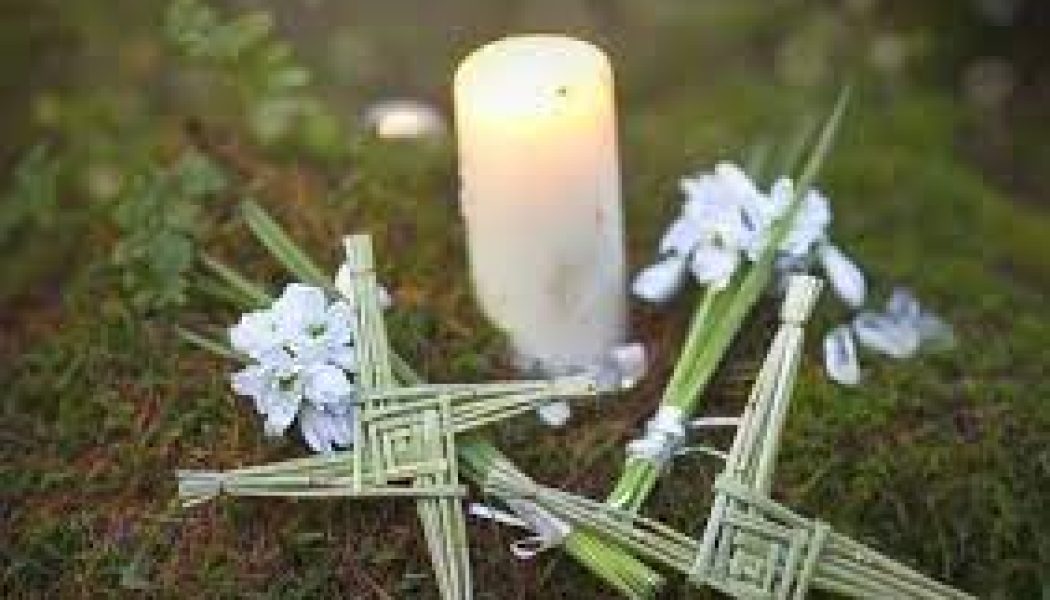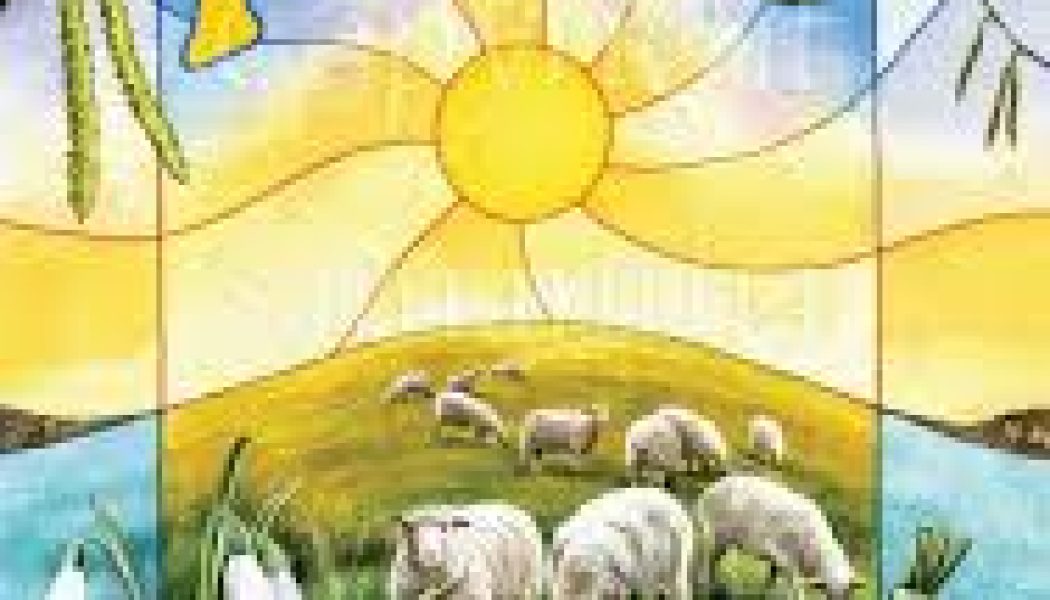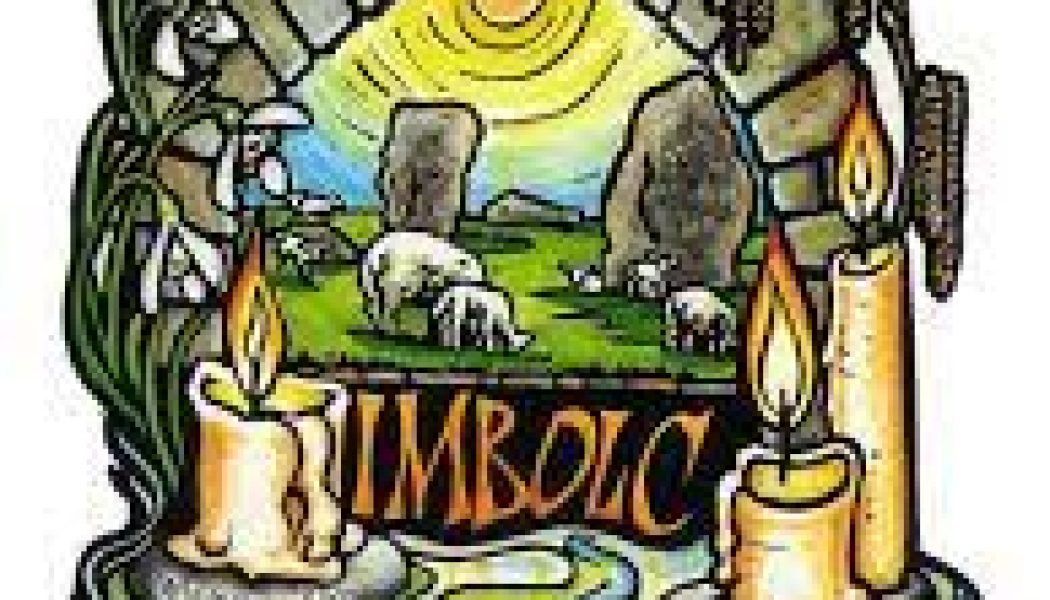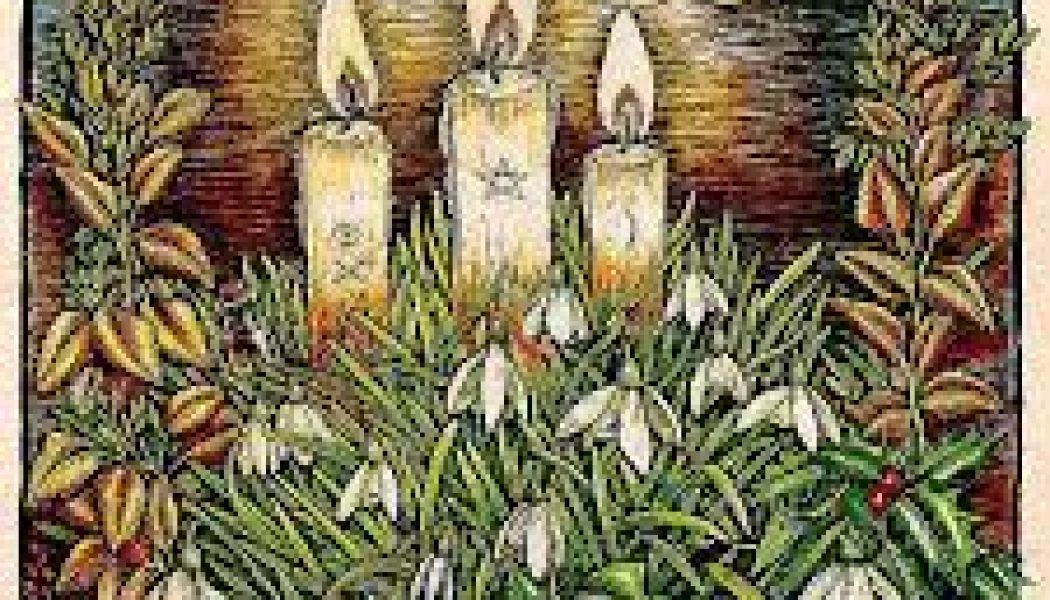Imbolc
Imbolc Prayers Prayer to Brigantia Keeper of the Forge
The goddess Brighid was known by many names. In parts of northern Britain, she was called Brigantia, and was seen as a keeper of the forge. In this aspect, she is associated with smithcraft and...
Imbolc Prayers End of Winter Meal Blessing
Although Imbolc isn’t truly the end of winter–and depending on where you live, you might be right smack in the middle of the worst weather of the season–in many traditions, it is a time t...
Imbolc Prayers Smooring the Fire a Prayer to Brighid
Alexander Carmichael was a folklorist and author who spent nearly five decades traveling around the highlands of Scotland collecting stories, prayers and songs. His most noteworthy work, the Ca...
Imbolc Prayers thanks to Brighid Meal Blessing
In some modern Pagan traditions, it is customary to offer a blessing before a meal, particularly if it’s being held in a ritual context. At Imbolc, it’s a season to honor Bri...
Imbolc Prayers Brighid’s Fire Meal Blessing
The goddess Brighid is well known as a keeper of the hearth fires in the home. As such, she is often associated with matters of domesticity, including cooking and kitchen magic. If you’re preppe...
GODDESS BRIGHID and Her Holy Time of Imbolc, 1.
Deep in ancient history, all the way from the regions of eastern Europe and India to the British Isles, are the roots of the worship of Brighid. Her name is also spelled Brigit, Bridget, and Bride (pr...
GODDESS BRIGHID and Her Holy Time of Imbolc 2 Brighid of the Tuatha De Danaan
Brighid is of the Tuatha De Danaan, the people of the Great Mother Danu, also called the Fae. She was probably originally a Sun Goddess. The story of Her birth is that She was born at sunrise, and a t...
GODDESS BRIGHID and Her Holy Time of Imbolc, 3. The Triple Goddess.
Brighid is a triple Goddess, but not in the sense many think of as maiden, mother, crone. She has three aspects and all have associations with Fire and Water: Brighid the Healer and Midwife, Brighid t...
GODDESS BRIGHID and Her Holy Time of Imbolc, 4. Brighid the Healer.
As Brighid the Healer, Her wells and springs figure prominently, as their water is considered holy and healing. She is a Water Goddess. In this aspect She is the teacher of herbal and plant medicine. ...
GODDESS BRIGHID and Her Holy Time of Imbolc, 5. Brighid the Smith.
Brighid the Smith is mistress of the smithy fire, the anvil. She is associated with horses in this aspect. But this also extends to fine jewelrysmith workings – silver and gold – and any craft that a ...
GODDESS BRIGHID and Her Holy Time of Imbolc, 6. Brighid the Bard.
Brighid the Bard, the Inspirer of the Fire in the Heart and Mind, which produces song, music, poetry, stories, writing, eloquence, theatrical performances, and the harp. Although the oral tradition wa...
GODDESS BRIGHID and Her Holy Time of Imbolc, 7. Brighid the Goddess of Imbolc.
Brighid is the Goddess associated with Imbolc, the holy days celebrated from the eve on January 31st until the night of February 2nd. It is the beginning of the first signs of Spring’s return. As a Go...
BRAIDED BREAD
BRAIDED BREAD Braided bread is found in many forms, in many cultures. This recipe is a simple one, and is perfect for serving at your Imbolc feast. The braid symbolizes Brighid in her aspect as...
imbolc-prayers-prayer-to-brighid-keeper-of-the-flame
Among her many other aspects, Brighid is the keeper of the flame, and this simple prayer honors her in that role. Mighty Brighid, keeper of the flame, blazing in the darkness of winter. ...
DEITIES OF IMBOLC
Although traditionally Imbolc is associated with Brighid, the Irish goddess of hearth and home, there are a number of other deities who are represented at this time of year. Thanks to Valentine’...
IMBOLC LOVE MAGICK
Wondering what the deal is with love magic? Well, it’s something that comes up a lot, so why not read more about magic and matters of the heart? We’ll talk about the ethics of love magic, ...
IMBOLC. DIVINATION WITH STONES
Lithomancy is the practice of performing divination by reading stones. In some cultures, the casting of stones was believed to be fairly common – a bit like checking one’s daily horoscope ...
IMBOLC FIRE SCRYING CEREMONY
WHAT IS SCRYING? Scrying is the act of staring into something – often a shiny surface, but not always – for the purpose of divination. Visions and images are then interpreted intuitively by the indivi...
IMBOLC HOUSE CLEANSING CEREMONY
No one really likes to clean, but we all know we feel better when our physical space is tidy. It’s one of life’s necessary chores. Start your spring off with a good thorough cleaning, and ...
IMBOLC MAGICK
Imbolc is a time of magical energy related to the feminine aspect of the goddess, of new beginnings, and of fire. It’s also a good time to focus on divination and increasing your own magical gif...
ALL ABOUT IMBOLC
Imbolc is a holiday with a variety of names, depending on which culture and location you’re looking at. In the Irish Gaelic, it’s called Oimelc, which translates to “ewe’s milk.” It’s a precursor to t...
Imbolc 1.1
Imbolc is one of the four Greater Sabbats of the witch’s calendar, a cross-quarter fire festival that falls between “Yule” – the Winter Solstice, and “Ostara” – the Spring Equinox. Imbolc is celebrate...
Imbolc 1.2
Imbolc of old was traditionally a time of purification, both physically and mentally. After the dark winter months when the home was shutdown to guard against the cold, it was a welcome relief for man...
Imbolc 1.3
In the mythology of the Sabbats, Imbolc marks the recovery of the Goddess as she sleeps on after the birth of the Sun God. Although he is still young his light purifies the earth and his growing power...
Imbolc 1.4
Fire is one of the most important aspects of this celebration, for it was also a day dedicated to the pagan Goddess Brighid (also known as, Bríde, Bridget, Brigit or Brìd). Brighid is a triple aspect ...
Imbolc 1.5
In Western Europe, Imbolc was time to start preparing the fields for the first plantings, and to bless the crop seeds saved and stored from the last harvest. It was also a time to consecrate and bless...
Imbolc 1.6
Imbolc is all about new beginnings. On the eve of Imbolc all the home fires would have been put out, cleaned out and re-lit symbolic of the returning light of the Sun. In keeping with this symbolism, ...
Imbolc 1.7
After the rise of Christianity in Britain, the custom of lighting candles at Imbolc was taken up by the Roman Catholic Church and renamed Candlemas. On the eve of Candlemas, candles would be lit all a...
Imbolc 1.8
The use of candles in a Festival of Light never died out however and has returned to pagan practice. Today in contemporary witchcraft, one of the main features of many traditional covens is the initia...
Imbolc 1.9
Imbolc then is the time to spring clean both your mental and physical abilities, to take stock of your life and make a fresh start. By planning ahead and planting new seeds (ideas) for the future, who...
Brighid’s Crosses
The making a Brighid’s crosses was a tradition started in Ireland to honour one of pagan Ireland’s most important Goddesses Brighid. Brighid who is associated with fire, healing and holy wells, is cel...
All About Imbolc
By February, most of us are tired of the cold, snowy season. Imbolc reminds us that spring is coming soon, and that we only have a few more weeks of winter to go. The sun gets a little brighter, the e...
Kitchen Witch: Imbolc (February Second)
Imbolc is an old festival connected with the coming of spring and the growing warmth of the sun. In some areas of Europe, this day marked the emergence of a few brave plants from beneath the snow. As ...
Imbolc Rites and Rituals for a Hedgewitch
Imbolc is a gentle festival, where we honor the first signs of spring after a long winter. It has long been dedicated to the goddess Brighid who has associations with fire and water. Allow this time o...
